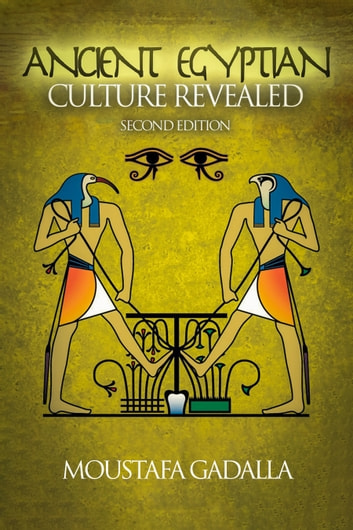Ancient Egyptian Universal Writing Modes
SHORT DESCRIPTION
This book will show how the Egyptians had various modes of writings for various purposes, and how the Egyptian modes were falsely designated as “separate languages” belonging to others; the falsehood of having different languages on the Rosetta (and numerous other similar) Stone; and evaluation of the “hieratic’ and “demotic” forms of writing. The book will also highlight how the Egyptian alphabetical language is the MOTHER and origin of all languages (as confirmed by all writers of antiquities) and how this one original language came to be called Greek, Hebrew, Arabic and other ‘languages’ throughout the world through the deterioration of sound values via ‘sound shifts’, as well as foreign degradation of the original Egyptian writing forms.
View Buying Options



